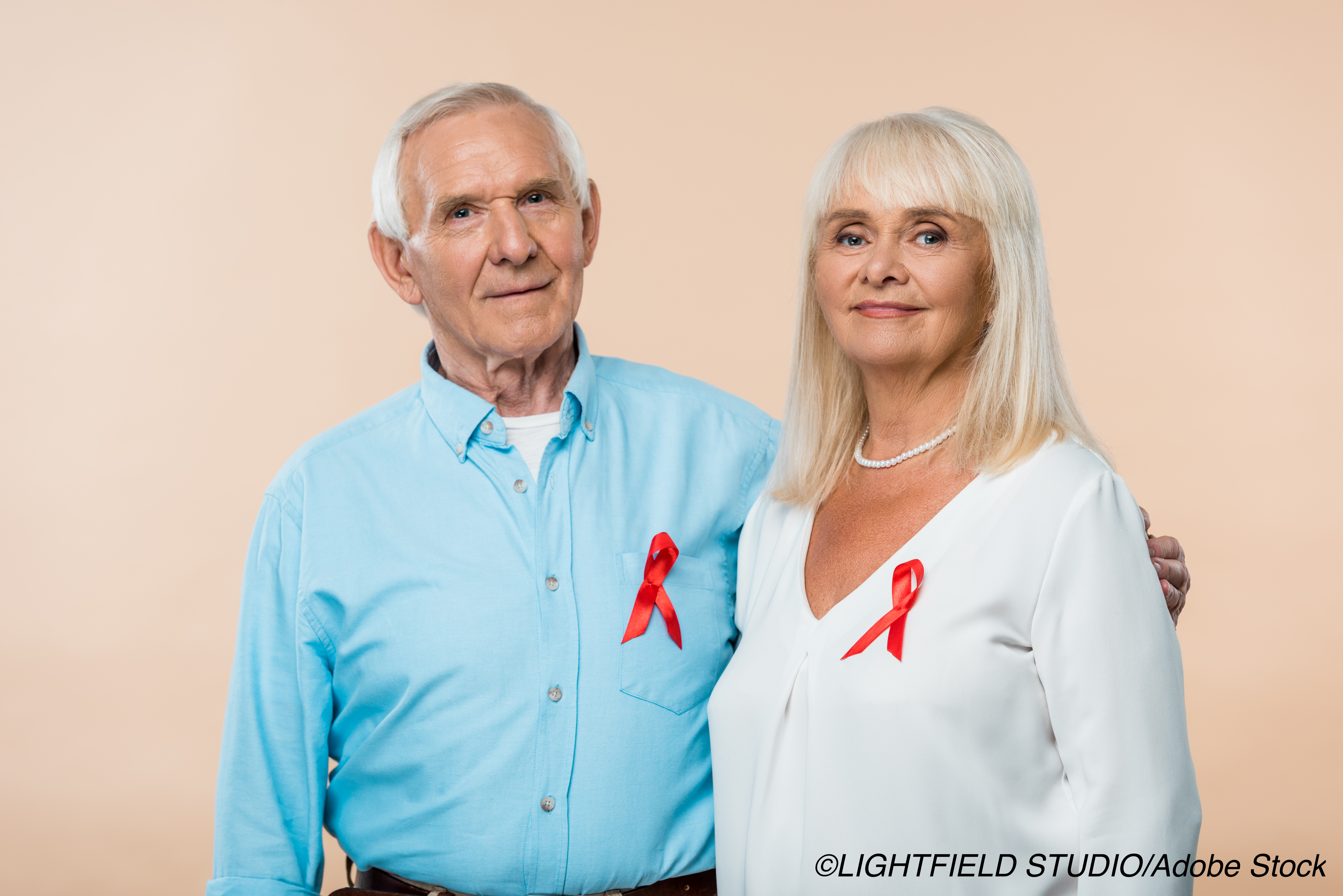The life expectancy of adults with HIV is approaching that of persons without HIV; however, there is a larger and persistent difference between the two groups in the number of years they live free of comorbidities.
According to a matched cohort study of insured adults with and without HIV, individuals with HIV infection live 16.3 fewer comorbidity-free years than uninfected adults.
The study, led by Julia Marcus PhD, MPH, Harvard Pilgrim Health Care Institute, Harvard Medical School, Boston, Massachusetts, was published in JAMA Network Open.
In high-income countries like the United States, antiretroviral therapy (ART) has significantly increased the life expectancy of individuals infected with HIV. However, according to Marcus and colleagues, recent data is lacking comparing overall and comorbidity-free life expectancy between adults with and without HIV infection.
In this study the authors used data from Kaiser Permanente in northern California (KPNC) and southern California (KPSC) and the Kaiser Permanente mid-Atlantic states (KPMAS) of Maryland, Virginia, and Washington, DC — heath care systems covering a total of 9.5 million members. Individuals eligible for study included adults with and without HIV infection (matched at a 1:10 ratio) who were members of these systems at any time from January 1, 2000, to December 31, 2016.
The main outcomes of the study were overall life expectancy, and expected years free from major comorbidities (represented by 6 chronic conditions — liver disease, kidney disease, lung disease, diabetes, cancer, and cardiovascular disease).
There were 39,000 individuals with HIV infection and 387,785 matched uninfected adults included in the study, of whom 374,421 (87.7%) were male, with a mean age of 41.4 years. Among the 359,244 individuals with known race/ethnicity, 25.1% were non-Hispanic black and 24.3% were Hispanic.
Marcus and colleagues found that in the years from 2000 to 2003 overall life expectancy at the age of 21 was 37.6 years among individuals with HIV infection and 59.7 years among uninfected adults – a difference of 22.1 years. That difference was significantly reduced to 9.1 years in the period from 2004 to 2016, with the overall life expectancy among individuals with HIV infection (at age 21) increasing to 56.0 years compared with 65.1 years among uninfected adults.
That difference in life expectancy was even narrower in the period from 2011 to 206 for individuals with HIV infection who initiated ART at a CD4 cell count of 500/μL or greater (57.4 years compared to 64.2 years for uninfected individuals – a difference of 6.8 years).
As for comorbidities, the authors found that from 2000 to 2003, the expected number of comorbidity-free years remaining at 21 years of age was 11.3 for individuals with HIV infection and 26.6 years for uninfected adults — a difference of 15.3 years. This difference has persisted (16.3 years in the period from 2014 to 2016), but decreased to 9.5 years (95% CI, 7.7-11.2 years) for individuals with HIV infection who initiated ART at a CD4 cell count of 500/μL or greater.
When looking at each comorbidity separately, the difference in comorbidity-free life expectancy at 21 years of age between individuals with HIV infection and uninfected adults was:
- Diabetes 7.4 years.
- Cardiovascular disease 9.0 years.
- Cancer 9.9 years.
- Lung disease 15.0 years.
- Kidney disease 16.1 years.
- Liver disease 24.5 years.
The authors suggested that the positive changes seen for comorbidities like diabetes, cardiovascular disease, and cancer could be associated with frequent health care visits, and by extension, access to preventive care, such as cancer screening and smoking cessation programs.
“Our results suggest that individuals with HIV infection who initiate ART at high CD4 cell counts may reach a similar life span as uninfected adults, but greater attention may be needed to prevention of comorbidities among individuals with HIV infection,” conclude Marcus and colleagues.
In a commentary accompanying the study, Lauren F. Collins, MD, and Wendy S. Armstrong, MD, both of the Division of Infectious Diseases, Emory University School of Medicine, Atlanta, Georgia, wrote that the fact that individuals with HIV infection may be prematurely aging by developing non-AIDS comorbidities much earlier than non-HIV individuals has significant ramifications.
“Consequences are considerable, including but not limited to decreased life expectancy among individuals with HIV infection, evolving complexity for HIV care models to integrate multimorbidity management, and increased health care expenditures,” they observed, adding that significant resources should be devoted to developing and implementing the tools needed to address sociodemographic disparities, modifiable lifestyle factors, and comorbidity screening and prevention, in order to improve outcomes for individuals with HIV infection.
-
The life expectancy gap between persons infected with HIV and those non-infected narrowed significantly in the years from 2000 to 2016.
-
However, the difference in comorbidity-free life expectancy has persisted over time, and age-related comorbidities occurred 16 years earlier among individuals with HIV infection than among those who did not have HIV.
Michael Bassett, Contributing Writer, BreakingMED™
Marcus reported receiving personal fees from Kaiser Permanente Northern California for her work on a research grant sponsored by Gilead Sciences during the conduct of the study.
Cat ID: 339
Topic ID: 338,339,284,339,27,192,151,925


